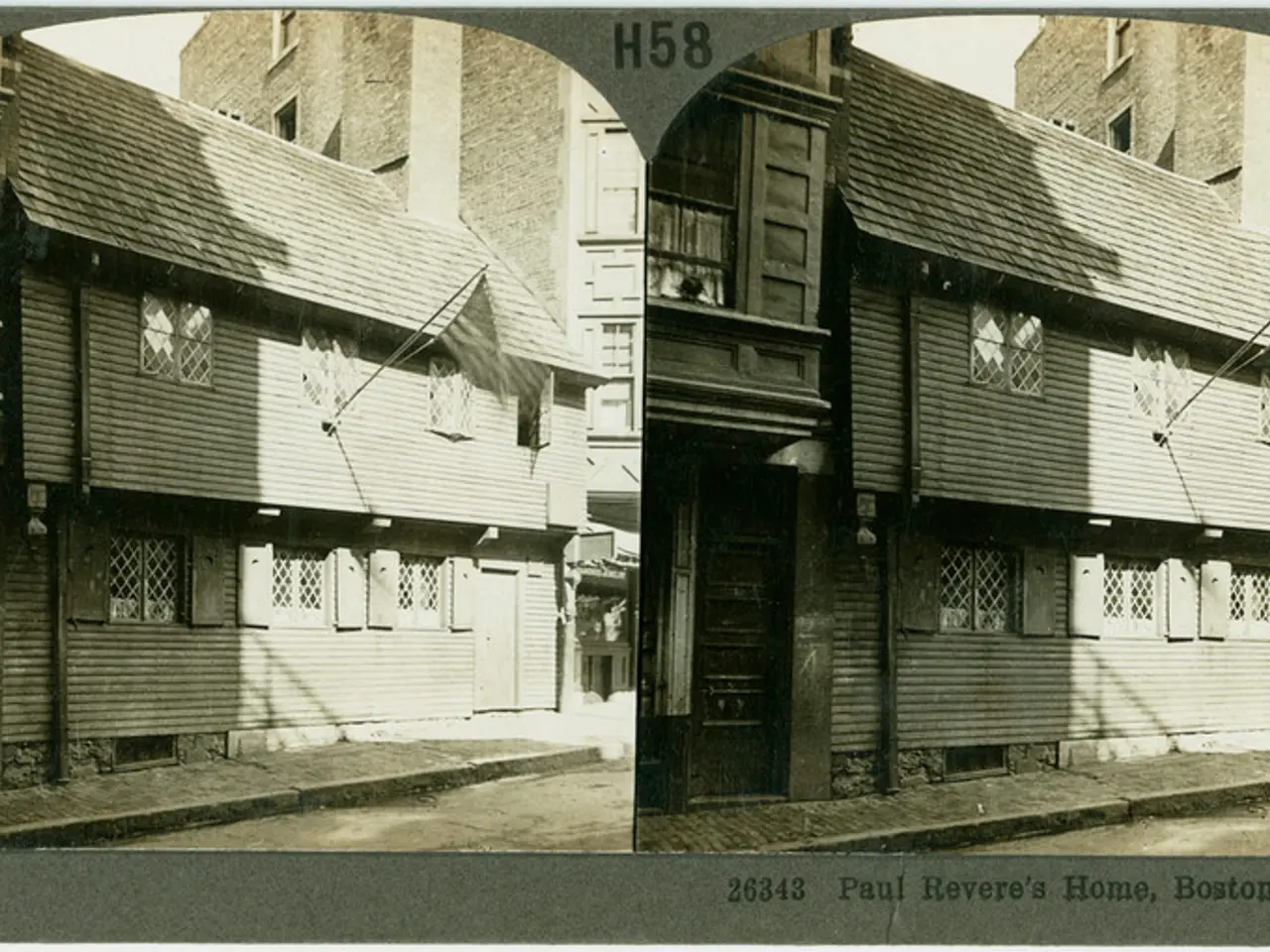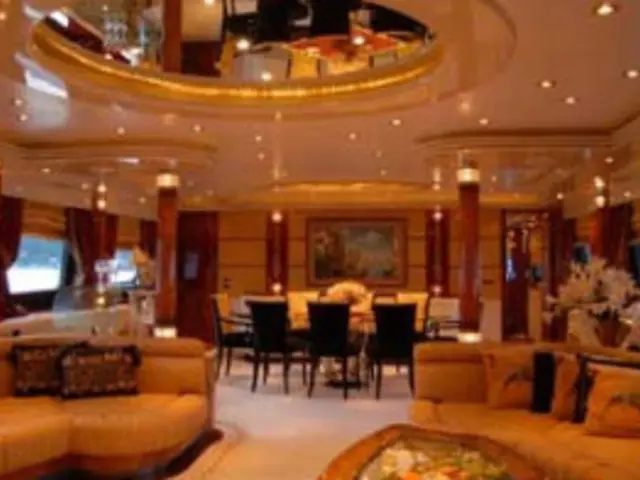Bavaria's regal castles are recognized as World Heritage Sites
In the heart of Bavaria, three breathtaking palaces have captured the imagination of millions, transporting visitors to a world of fairy-tale splendour and historical significance. King Ludwig II, fondly known as the "Mad King," commissioned these magnificent structures in the 19th century, and in 2025, UNESCO recognised their architectural mastery and cultural significance by inscribing them as World Heritage Sites.
First on the list is Neuschwanstein Castle, perched dramatically on a hill overlooking Hohenschwangau. Inspired by medieval knights' castles and the romanticised ideals of the Middle Ages, this Romanesque Revival palace is a testament to Ludwig's artistic vision. The castle's unique embellishments were the work of theatrical set designers rather than traditional architects, reflecting Ludwig's passionate obsession with the operas of Richard Wagner.
Linderhof Palace, unlike its counterparts, was the only one fully completed during Ludwig's reign. It was modelled on the Palace of Versailles, showcasing Ludwig’s admiration for French Baroque architecture. The palace is noted for its opulent interiors, exquisite gardens, and its setting near Neuschwanstein in Bavaria. Linderhof exemplifies Ludwig’s romantic and theatrical flair, with elaborate decoration, fountains, and mythological motifs inspired by Versailles.
Herrenchiemsee Palace, located on an island in Lake Chiemsee, is a replica of the Palace of Versailles, embodying Ludwig's fascination with Louis XIV and absolutist monarchy. Although the palace was left unfinished following Ludwig's untimely death, it remains a grand testament to his visionary ambition.
The palaces' enchanting features extend beyond their architectural grandeur. Neuschwanstein's interior boasts an elaborate grotto linking living quarters to Ludwig’s working spaces, and the royal bedroom is designed like a Byzantine chapel with cherubs and a starlit ceiling. Linderhof is adorned with exquisite gardens and landscapes, while Herrenchiemsee boasts the largest labyrinth in Germany, covering an area of 1,500 square meters.
Although Ludwig II's reign was marred by financial ruin, his palaces have endured as symbols of 19th-century Romanticism and Bavarian history. They illustrate the eccentric artistic imagination of the king, blending fantasy, theatricality, and historicism. Although sometimes viewed as a figure of tragic excess, Ludwig’s palaces exemplify outstanding architecture and cultural heritage.
The UNESCO recognition of these palaces highlights their enduring allure and Ludwig II’s impact on cultural heritage. These palaces continue to captivate history buffs, architecture enthusiasts, and romantic individuals, offering a glimpse into the whimsical world of King Ludwig II.
On the digital platform deutschland.de, one can find extensive information about these UNESCO World Heritage Sites – the Bavarian palaces of Neuschwanstein, Linderhof, and Herrenchiemsee. These historic structures, each rich in its unique lifestyle and travel experience, are testaments to the 19th-century lifestyle and artistic vision of the "Mad King," King Ludwig II.






